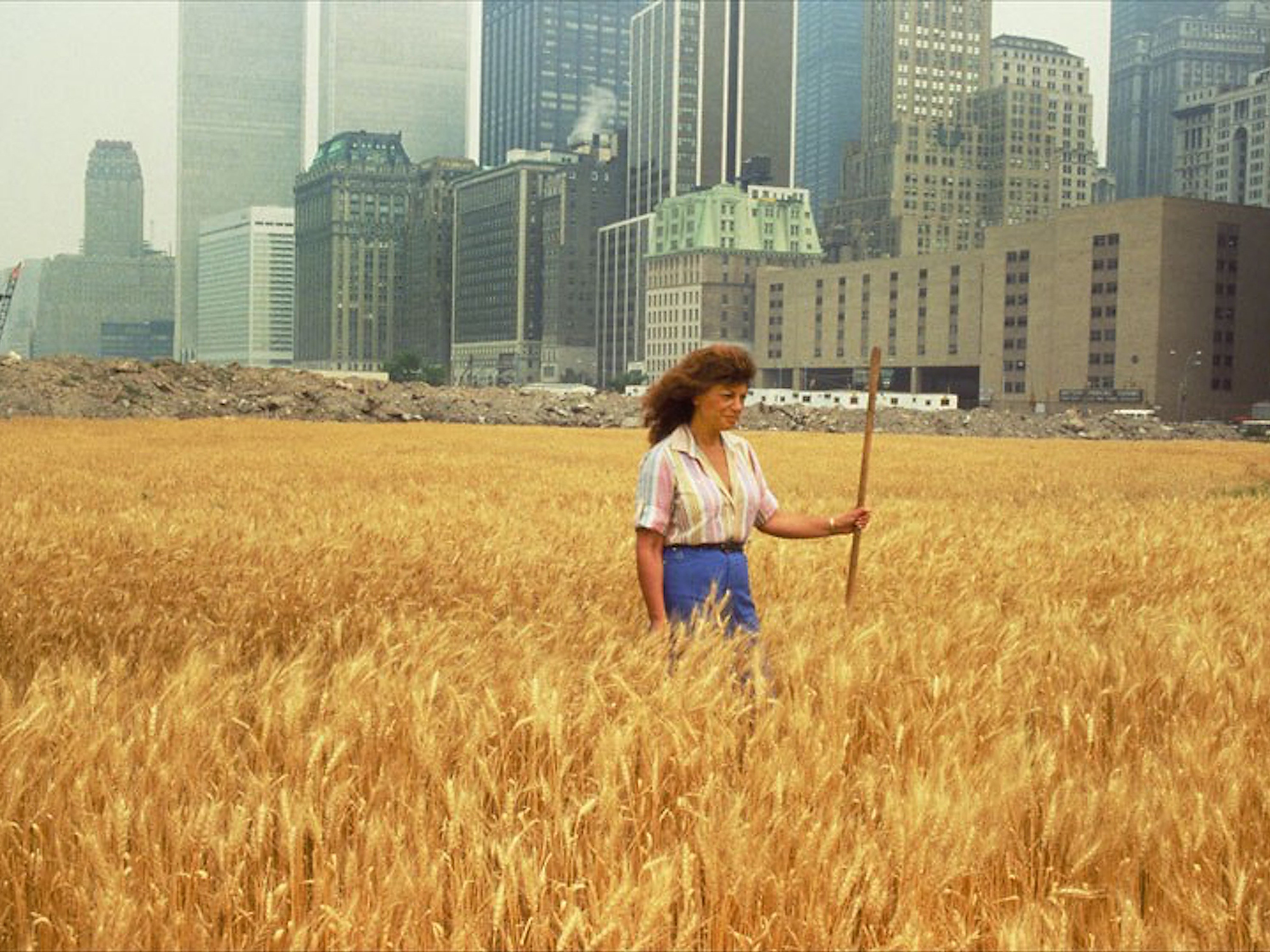Food nourishes and sustains.
It holds culture, ritual, and memory. It can be a source of shared pleasure or a chance to care for the wellbeing of others. It is also too often a source of want. For many of our grandparents, gathering and growing food was still a primary focus of daily life. Now food in many parts of the world is made and distributed through industry and moved globally. Toolshed thinks about food both in terms of systems: how we grow, consume, distribute and deal with its waste, but also as a basic need—as nourishment, as a conduit for culture and as an aesthetic experience connected to everyday social life.
In Donna Haraway’s words, “we are all compost, not posthuman.” This statement affirms a fundamental notion that animal bodies like other organisms are metabolizers in a cycle of earth-making. We are all involved in a sort of sympoiesis– a making together. (See Kin and Magic). This kind of systems thinking is a departure from the notion of food described on the side of a cereal box—a mathematical version of consumption. Rather, we are part of a food system and kin with the myriad of critters including the bacteria in our bellies and worms that do the service of digesting our bodies when we return to the earth.
We launched Toolshed in the midst of a pandemic. The pandemic highlighted many inequities and weaknesses in our society. One startling realization was that a pandemic could break our food system overnight. Because of the way corporate food production and distribution is concentrated for the sake of efficiency and profit, millions of tons of food produced for schools, restaurants and other institutions had to be destroyed instead of redirected to people who badly needed food. Meanwhile, workers in the food industry, such as meat packers and farm workers—many from low-income immigrant populations—were deemed essential and infected by the virus due to unsafe workplace conditions. Consider that for a moment: the president invoked the Defense Protection Act, which is reserved for times of extreme National Emergency, to ensure Americans could eat meat, but would not invoke it for the manufacture of medical supplies. The need for a more resilient and secure food system with deindustrialized and decentralized food sources was revealed in stark terms.
In 1982, artist Agnes Denes created a public artwork titled Wheatfield: A Confrontation. Denes planted two acres of wheat on landfill excavated for the construction of the World Trade Center. Denes’ work with its amber waves of grain, became a stage with the World Trade Center towers and Wall Street as one backdrop and the Statue of Liberty on the other horizon. It can be seen as a confrontation between power and commerce versus the promise of sustenance that food provides. Wheatfield: A Confrontation anticipates the so-called Anthropocene and how the behaviors of predominantly western capitalist economies are endangering planetary systems. For us at Toolshed, Denes’ work stands as a brilliant encapsulation of how we see food in terms of systems, security and care. Denes’ work is also emblematic for Toolshed in the way it shows how an artwork can reveal tools, ask questions and assert a cultural value all at once; how a project can be simultaneously, documentary, poetic (i.e. magical) and allegorical.
The creation of Wheatfield: A Confrontation was an opening—a brief moment when a pile of industrial landfill became a canvas. After Denes harvested the field, the land was developed into billion dollar luxury real estate. NYC could have engaged in a very different kind of urban planning in the space opened by Denes’ confrontation but chose not to. The virus and the sudden closing of life as we know it is also such an opening from which new life can grow. What will we choose to grow from these ruins?
